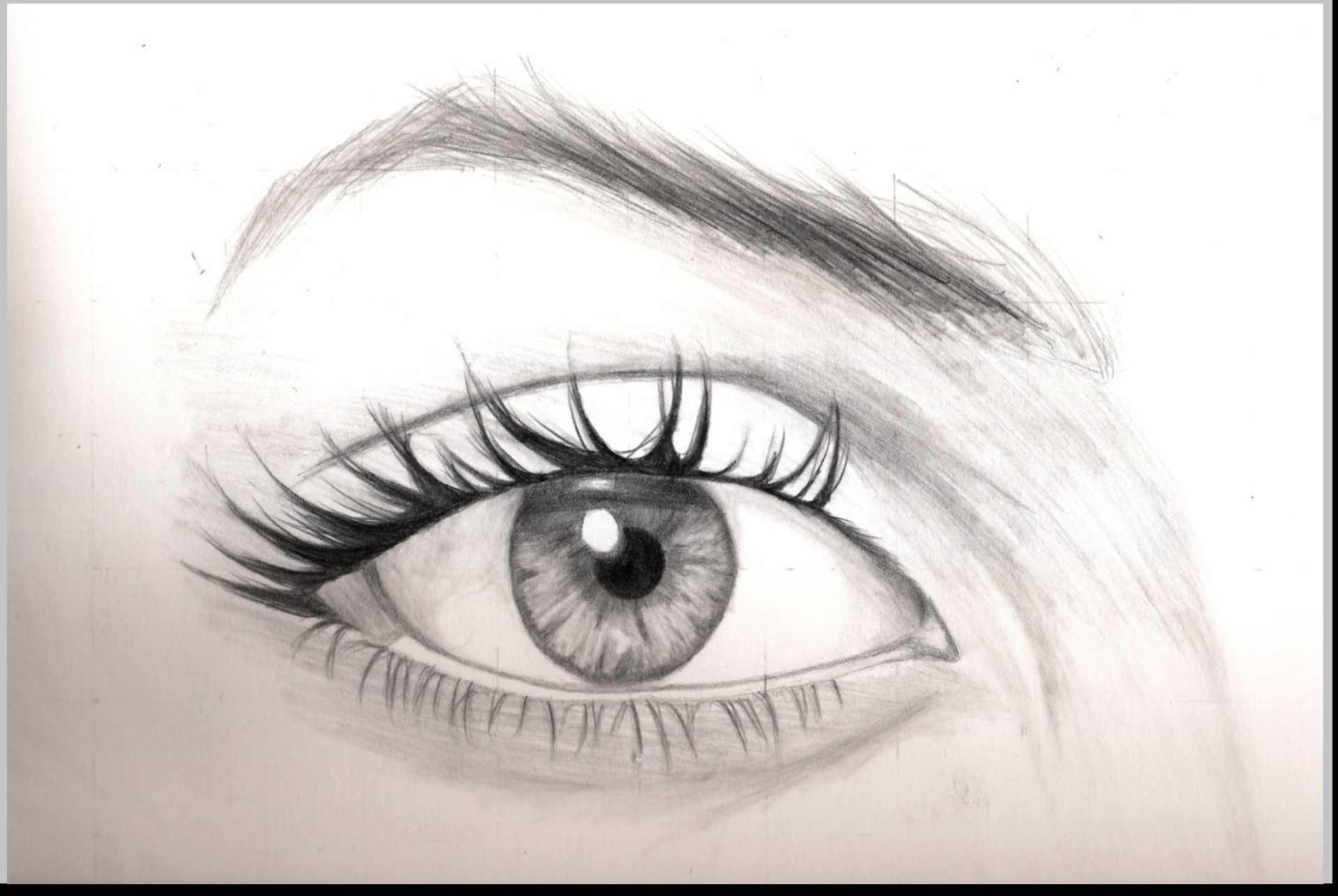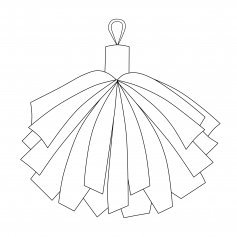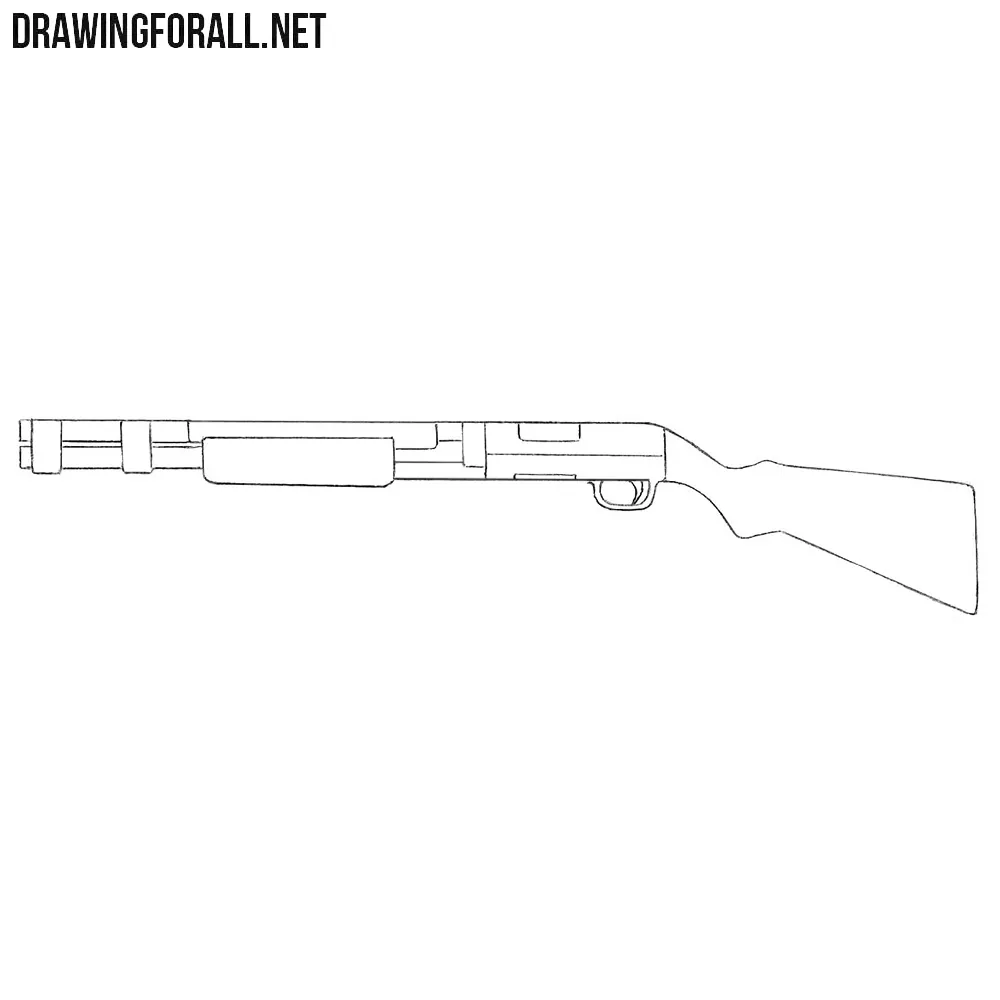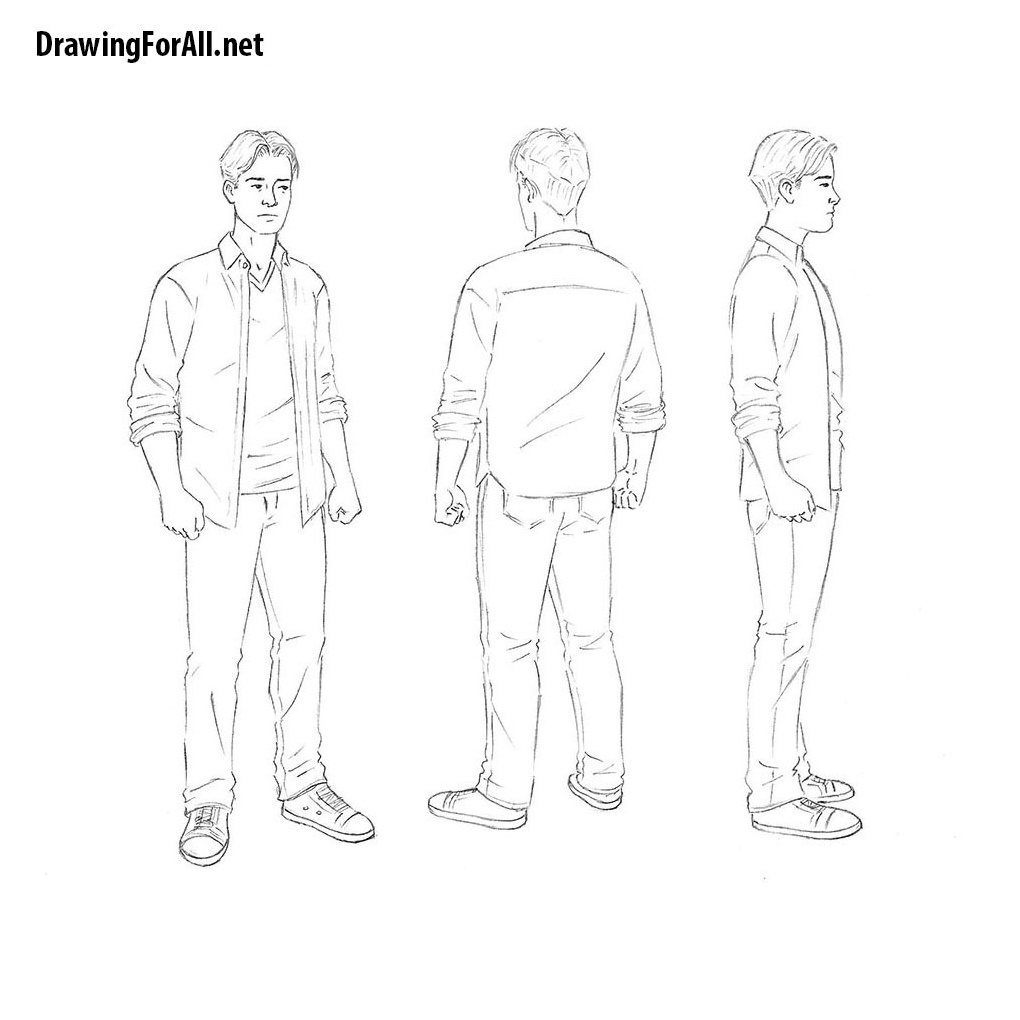Shading beginner rapidfireart shadow tricks diys
Table of Contents
Table of Contents
If you’re an artist, you know that shading is an essential technique to give your drawing depth and dimension. However, it can be challenging to get it right, and many struggle with it. In this post, we’ll cover everything you need to know about how to shade drawings and help you master this technique.
The Struggle of Shading
Shading is the act of creating tonal values that convey a sense of light and shadow. It helps an artist to establish the volume and form of any image they create. However, the challenge with shading is that it requires a great deal of practice and patience to get it right. It’s not as simple as filling in areas with graphite pencils, and there’s a lot more to it than that.
Answering the Target of Shading Drawings
To shade a drawing, you need to understand how light falls on an object, and which areas are likely to be in shadow. The best way to learn the basics of shading is to practice drawing simple objects and observing how your light source affects them. As you get better at it, you can move on to more complex subjects.
Summary of Main Points
Knowing how to shade drawings is an essential skill for any artist. It helps to create depth and dimension, and it’s something that anyone can learn with practice. In this post, we’ll cover the basics of shading, including techniques, tools, and tips to help you master it.
Understanding the Basics of Shading
When you first start, you can experiment with different shading techniques like hatching, cross-hatching, and blending. Hatching is the simplest technique where you draw lines in one direction to create tone. Cross-hatching involves drawing lines in two or more directions to create a more complex tonal value. Blending is the process of smoothing out the lines and transitioning from one tone to another seamlessly. You can practice combining these techniques to create different effects and textures.
Many artists prefer to start with a reference image and practice replicating it while making adjustments with their shading techniques. Some also choose to work in layers, starting with light tones and gradually building up the darker ones. This helps to preserve the highlights in the drawing.
Using Shading Techniques to Create Depth and Texture
Once you’ve mastered the basic shading techniques, you can experiment with creating different textures by varying the pressure and direction of your strokes. For example, you can add a rough texture to a rock or a smooth texture to a shiny surface. The key is to observe the object that you’re drawing carefully and replicate its texture.
Creating Realistic Lighting in Your Drawings
The way you place your light source has a significant impact on the realism of your shading. Different light sources create different types of shadows, and you’ll need to adjust your shading accordingly. You’ll need to consider the position of the light source, the angle, and the strength of the light. Shadows also change their tone and shape depending on the surface of the object they’re cast on.
Using Blending Techniques to Soften your Shadows
Blending techniques can help you create a softer look and a more gradual transition between light and shadow. You can use a blending tool or your finger to smudge out the graphite and create this effect. Remember that blending should be used sparingly, as it can easily create a flat look with no depth.
Question and Answer
Q: How can I make my shading look more natural?
A: It’s all about observing the subject you’re drawing and replicating its tonal values accordingly. Take your time to study the way light affects different objects, and use reference images to help you get it right.
Q: Which pencils are best for shading?
A: Graphite pencils with grades ranging from 2B to 8B are best for shading. They create a range of tonal values that can be blended and layered to create different effects.
Q: How do I know if my shading is overdone?
A: Over-shading can create a flat and lifeless appearance. Try to maintain some areas that are left without any shading, as this will help create a sense of contrast and balance.
Q: How can I create highlights when shading?
A: To create highlights, you can use a kneaded eraser or a battery-operated eraser to remove graphite from the area. This creates a lighter tone that resembles a highlight.
Conclusion of how to shade drawings
Shading is an essential technique for creating depth and dimension in your drawings. By understanding the basics of shading, experimenting with different techniques, and observing the way light affects the objects you’re drawing, you can create realistic and engaging pieces of art. With practice and patience, anyone can learn how to shade drawings and make their art come to life.
Gallery
How To Shade A Drawing | Filipino Artists - Visual Arts Around The World.

Photo Credit by: bing.com / drawing shading shade light figure drawings draw proko pencil shades life techniques learn artists painting step models steve lessons huston
How To Shade For Complete Beginners | RapidFireArt | How To Shade

Photo Credit by: bing.com / shading beginner rapidfireart shadow tricks diys
How To Shade Drawings: 8 Steps (with Pictures) - WikiHow

Photo Credit by: bing.com / shade drawings step steps
Shade And Space - ART BASICS

Photo Credit by: bing.com / shade drawing space
Easy Shading Easy Simple Pencil Drawing Pictures - Magic Pau

Photo Credit by: bing.com / shading getdrawings px






